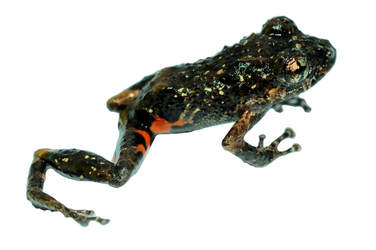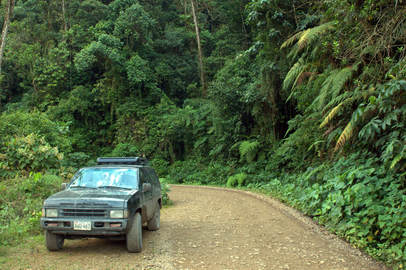

 Our lab contributed a publication naming two new species of frogs from Manu National Park, further increasing the number of amphibian species of the park. Manu NP already boasts the highest number of amphibian species living inside a natural protected area. The two new species, Pristimantis antisuyu (in the image below) and Pristimantis erythroinguinis (in the image on the left), are closely related but their elevational distributions do not overlap.  Pristimantis antisuyu lives in the cloud forest (image on right with good old Shigella), while P. erythroinguinis is found the Andean foothills and adjacent Amazon lowlands. Both species share with P. cruciocularis the unique pattern of having an iris with a cruciform pattern. Our molecular analyses suggest that P. cruciocularis and the two new species are part of the P. platydactylus-P. llojsintuta species complex, which is likely to contain more cryptic species.
1 Comment
Our paper on frog skin bacteria along the Amazon-Andes elevational transect (500 - 3800 m a.s.l.) was published today in Frontiers in Microbiology. We found lower numbers of anti-Bd isolates at elevations where amphibian declines had been greatest, and high proportion of anti-Bd isolates of high inhibitory strength in Bd-resistant frogs, supporting the idea that symbiotic bacteria play a functional role in amphibian skin defense. Yet this association does not consistently explain the fate of amphibian hosts along the elevational gradient, suggesting complex interactions among bacterial symbionts, hosts, and environmental factors in determining frog persistence in a region of high disease prevalence.
|
Archives
June 2024
CATENAZZI LABNews from the lab Categories |